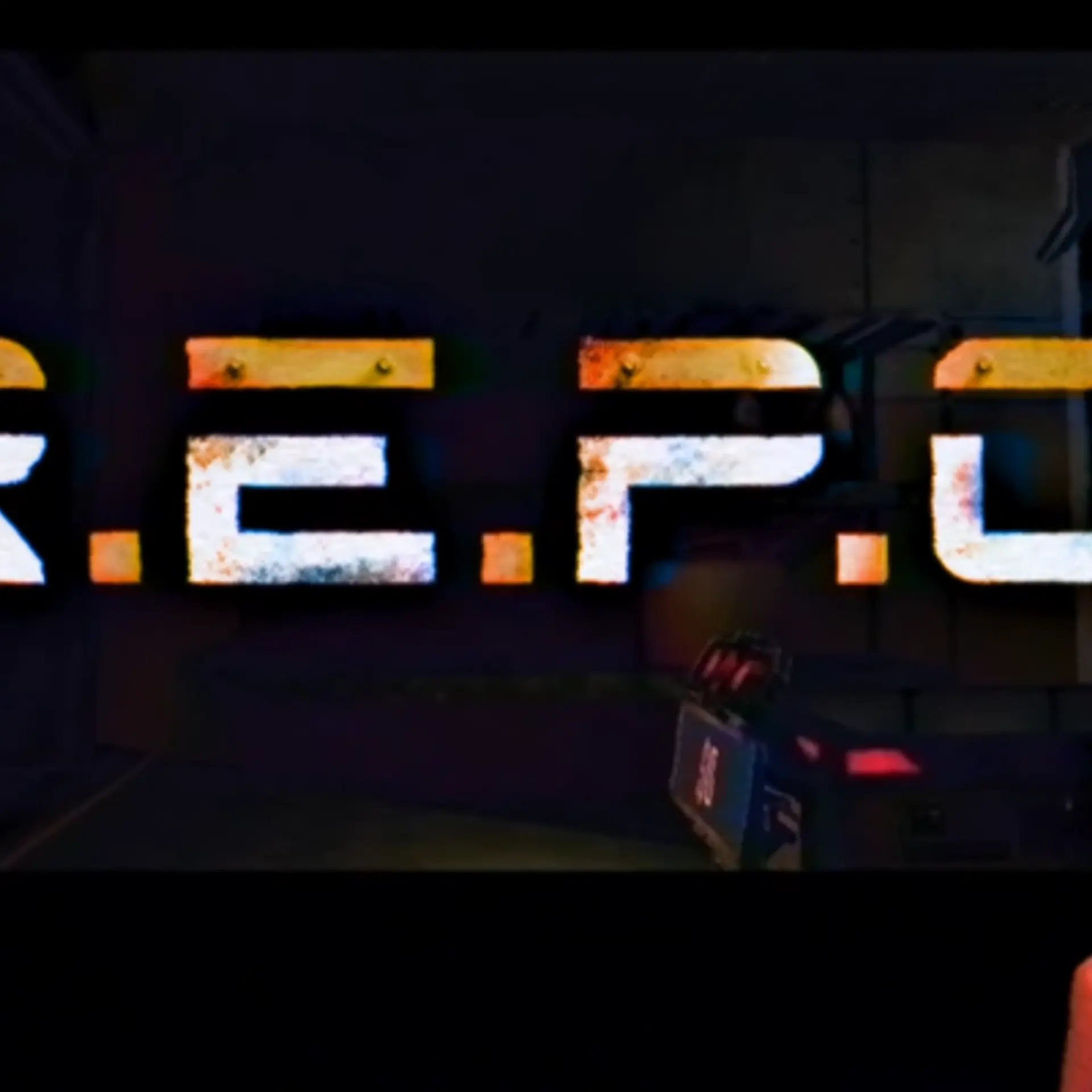Physics Wallah Trumps the Edtech War: Lessons to Learn
In the vast and vibrant landscape of India's education sector, the story of Physics Wallah shines as a beacon of resilience and innovation amidst the turbulent waves of the Edtech War. As we navigate through the chapters of this tale, it's crucial to understand the forces that have shaped the sector
The Indian Edtech sector has witnessed a rollercoaster ride in recent years. Fueled by the internet revolution and a burgeoning student population, the space was awash with investor cash. But like a flashy dunk followed by an airball, many Edtech startups struggled to find their footing, leaving a trail of broken promises and deflated valuations. Yet, amidst the chaos, one company emerged as an unlikely champion: .
The Rise of Giants and the Fuel of Innovation
The Indian Edtech sector experienced an unprecedented surge, propelled by the upsurge of internet access, a feat significantly boosted by Reliance Jio's entry, turning India into a digital playground for nearly 300 million students. This digital revolution attracted investors from around the globe, pouring billions into the sector, drawn by the allure of a market vast and eager for educational innovations.
The pandemic catalysed growth, accelerating the sector's expansion as the traditional classroom education system was disrupted. Giants like BYJU’S and Unacademy capitalised on this shift, aggressively broadening their horizons and swelling their user bases. The era was marked by a liquidity surplus, fueled by low interest rates, which saw the Edtech bubble soar to new heights. However, the narrative was about to encounter a twist.
The Bubble Bursts: A Reality Check
As the bubble swelled, the underlying cracks began to show. The astronomical valuations could not mask the soaring customer acquisition costs or the struggles in monetising the vast user bases effectively. The sector's fortunes were further challenged by external factors—the reopening of schools and the tightening of financial markets. This led to a stark divide: while well-funded behemoths like BYJU’S and Unacademy navigated the storm with strategic maneuvers, smaller entities found themselves facing closure or being forced into acquisitions at diminished valuations. One example of such a company that got acquired at diminished value was Doubtnut, a company that BYJU'S was planning on acquiring for $125 million, but was turned down by Doubtnut, but once the funding winter, they had no other choice but to get acquired for a valuation of $10 million by Allen Career Institute.
Physics Wallah: A Case Study in Sustainable Success
While the Edtech biggies like BYJU'S and Unacademy resorted to strategic acquisitions and international expansion to weather the storm, Physics Wallah charted a different course. Their focus on organic growth and building a loyal student base proved to be a masterstroke. By prioritising profitability over blind expansion, Physics Wallah defied the odds and emerged as a beacon of hope in the Edtech landscape.
The Hybrid Horizon: Blending the Best of Both Worlds
The future of Edtech, as evidenced by the trajectories of BYJU’S, Unacademy, and notably Physics Wallah, is increasingly tilting towards a hybrid model. This model synergises offline and online elements, aiming to build trust and scale effectively. It's about leveraging technology not as a replacement for traditional education but as an enhancement, a complementary force that enriches the learning experience.
The winning formula for Edtech companies lies in their ability to balance technological innovation with the essence of traditional education delivery. Building trust with students and parents, understanding the nuanced demands of the Indian educational landscape, and delivering on the promise of quality education are the pillars upon which future Edtech leaders will stand.
As we turn the page on the Edtech war, the story of Physics Wallah serves as a reminder that in the end, it's not just about surviving the battle, it's about shaping the future of education, one lesson at a time.
Edited by Rahul Bansal







